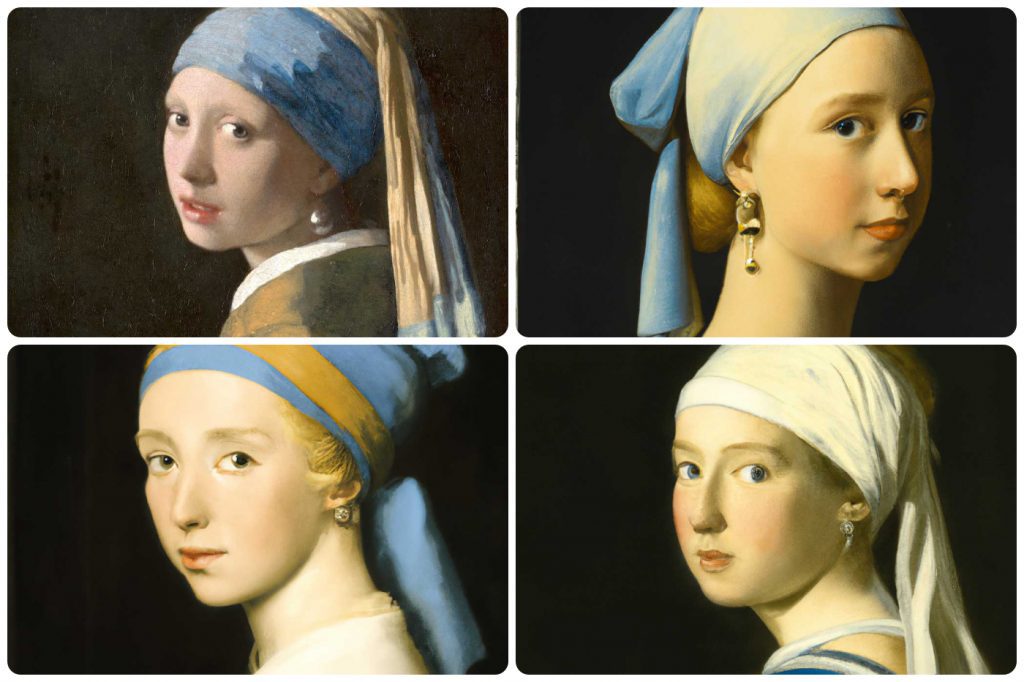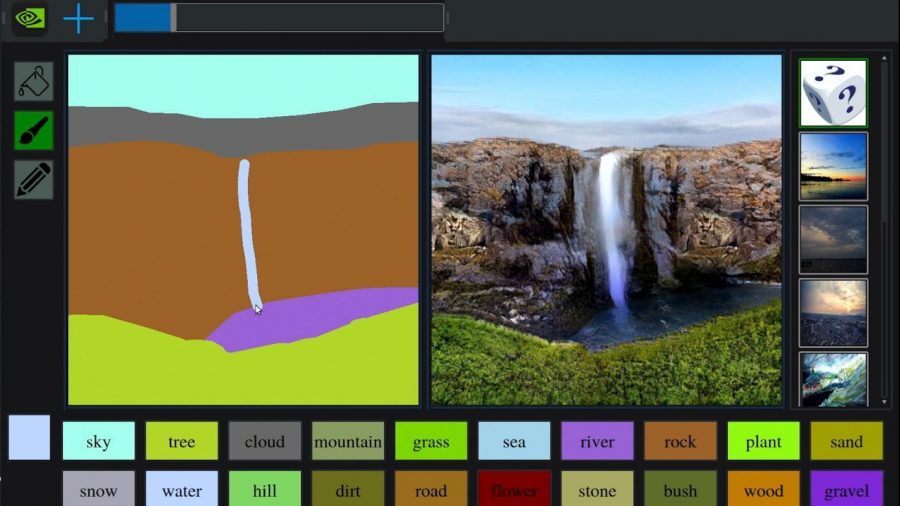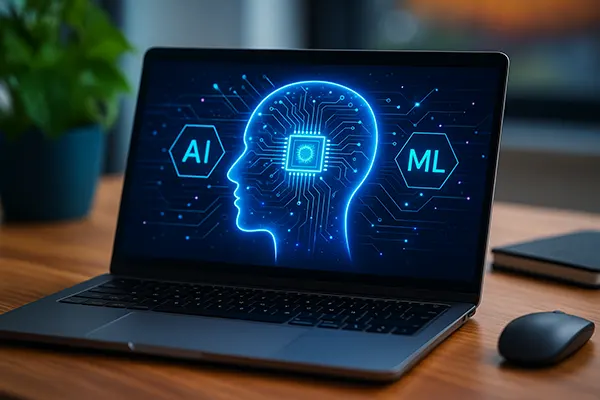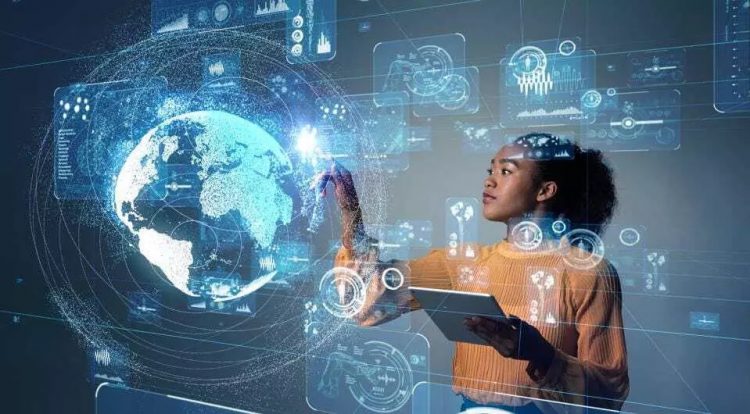
4 neural network drawing pictures by description
Not long ago, high-quality neural networks seemed like something out of the realm of science fiction. Today they have become a reality. Many of them work rather poorly, but some of them are of high quality. Developments in this area have allowed developers to not only mechanize technical aspects of neural networks, but also make them more flexible for creative tasks. This is how neural networks emerged to draw images based on user descriptions.
What is a neural network?
In simple words a neural network is a computer analogue of a human brain. It can be used to perform various types of tasks: from generating ideas for writing a play to creating completely unique human photographic portraits.
Often the budget and power of computers is quite limited, so neural networks tend to handle simple tasks at a primitive level. So far, therefore, nothing compares with the human brain and its capabilities. However, in everyday, simple tasks, neural networks can be indispensable. For example, chatbots work on the principles of neural network algorithms. The same applies to voice assistants. There are also neural networks that draw images. Examples of this are 4 algorithms.

1. Dall-E 2
This neural network can draw a picture based on text description. The resulting images can be edited, loaded and some objects can be added to them. However, at the moment the development is in closed beta-testing mode. At the end of it, users will be able to create and edit their own characters.

2. Glide
This neural network has initial images available that can be corrected and manipulated. It is also possible to create your own illustrations from the same text data. The service works with both photos and art. The quality of the neural network is even higher than that of the previous site.

3. GauGAN 2
GauGAN 2 neural network is an American development from Nvidia. It generates images using downloadable thumbnails and text descriptions. Algorithms of a neural network provide for work with the Canvas reactor, that is convenient to users of the last application.

4. ruDall-E
This neural network is considered distinctive. All previous services were developed by American organizations where the interface language was English. This neural network recognizes many languages, so images can be created with a text description. However, the developers later introduced an English language version.
Neural networks have become firmly embedded in the lives of their users. Sooner or later, their functions will improve, which means that they will provide users with many ideas and variations of developments. But they are unlikely to replace human capabilities in the near future. That is why it is better to use such services as small helpers rather than as stand-alone developments.



